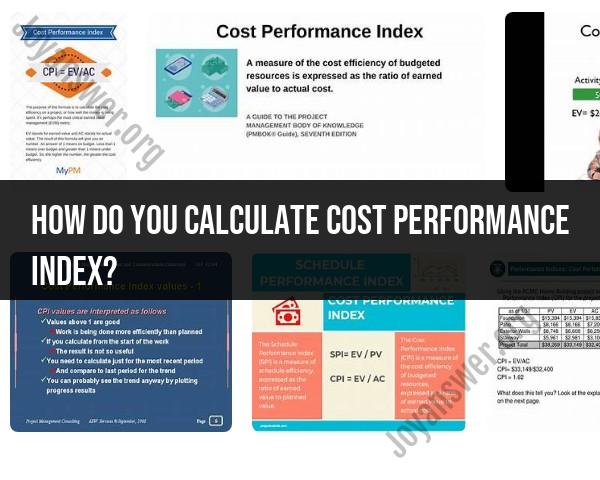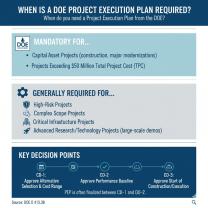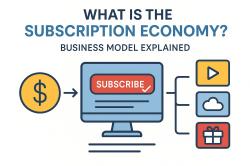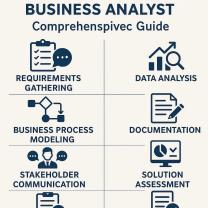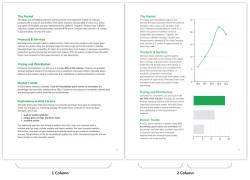How do you calculate Cost Performance Index?
The Cost Performance Index (CPI) is a performance metric used in project management to measure the efficiency of cost performance on a project. It's calculated by comparing the earned value of work performed to the actual cost spent on that work. The formula for calculating CPI is:
Here's a breakdown of the components:
Earned Value (EV): This represents the value of the work that has been completed and accepted at a specific point in time. It's typically calculated by multiplying the percentage of work completed by the total budgeted cost for that work. For example, if a project is 50% complete and the total budget for the project is $100,000, the EV would be $50,000.
Actual Cost (AC): This is the total cost incurred or spent on the project at a specific point in time. It includes all expenses related to the project up to that moment.
Once you have these values, you simply divide the Earned Value by the Actual Cost to obtain the CPI. Interpreting the CPI value:
- If CPI = 1: The project is on budget. The earned value equals the actual cost.
- If CPI > 1: The project is under budget. More value has been earned compared to the actual cost spent.
- If CPI < 1: The project is over budget. The value earned is less than the actual cost spent, indicating cost overrun.
CPI is a valuable indicator of cost efficiency in project management, providing insights into how effectively project costs are being managed in relation to the work completed.
Demystifying the Cost Performance Index (CPI): Your Project Management Ally
The Cost Performance Index (CPI) is a valuable tool in project management, offering a clear snapshot of how well your project is performing against its budget. But how do you actually calculate it? Let's dive in:
1. The Formula for Success: Calculating CPI
The CPI is a simple yet powerful ratio:
CPI = Earned Value (EV) / Actual Cost (AC)
Here's what each component means:
- Earned Value (EV): This represents the amount of work completed and accepted, valued at its budgeted cost. It essentially measures how much progress you've made in terms of the project's budget.
- Actual Cost (AC): This is the total amount of money you've actually spent on the project up to that point.
2. Decoding the CPI Result:
Once you have your CPI, interpreting it is straightforward:
- CPI > 1: This indicates you're doing better than planned! You're delivering more value than you're spending, putting your project ahead of budget.
- CPI < 1: Uh oh, you're spending more than you're earning. This suggests your project is over budget and needs attention.
- CPI = 1: You're hitting your budget exactly, neither ahead nor behind. This can be good, but it might also indicate missed opportunities for optimization.
3. Determining CPI in Project Management:
Calculating CPI usually involves:
- Defining your work breakdown structure (WBS): This breaks down the project into manageable chunks, each with an assigned budget.
- Estimating EV regularly: As you complete tasks or deliverables, assess their value based on the budgeted cost.
- Tracking AC meticulously: Record all expenses incurred throughout the project.
- Calculating CPI at regular intervals: Weekly, bi-weekly, or monthly, depending on project pace.
Bonus tip: CPI is just one piece of the puzzle. Consider it alongside other metrics like Schedule Performance Index (SPI) and Cost Variance (CV) for a comprehensive view of your project's health.
By understanding and utilizing CPI, you can make informed decisions about resource allocation, identify potential cost overruns early, and steer your project towards success. Remember, it's not just about hitting the budget; it's about delivering value efficiently and effectively.
